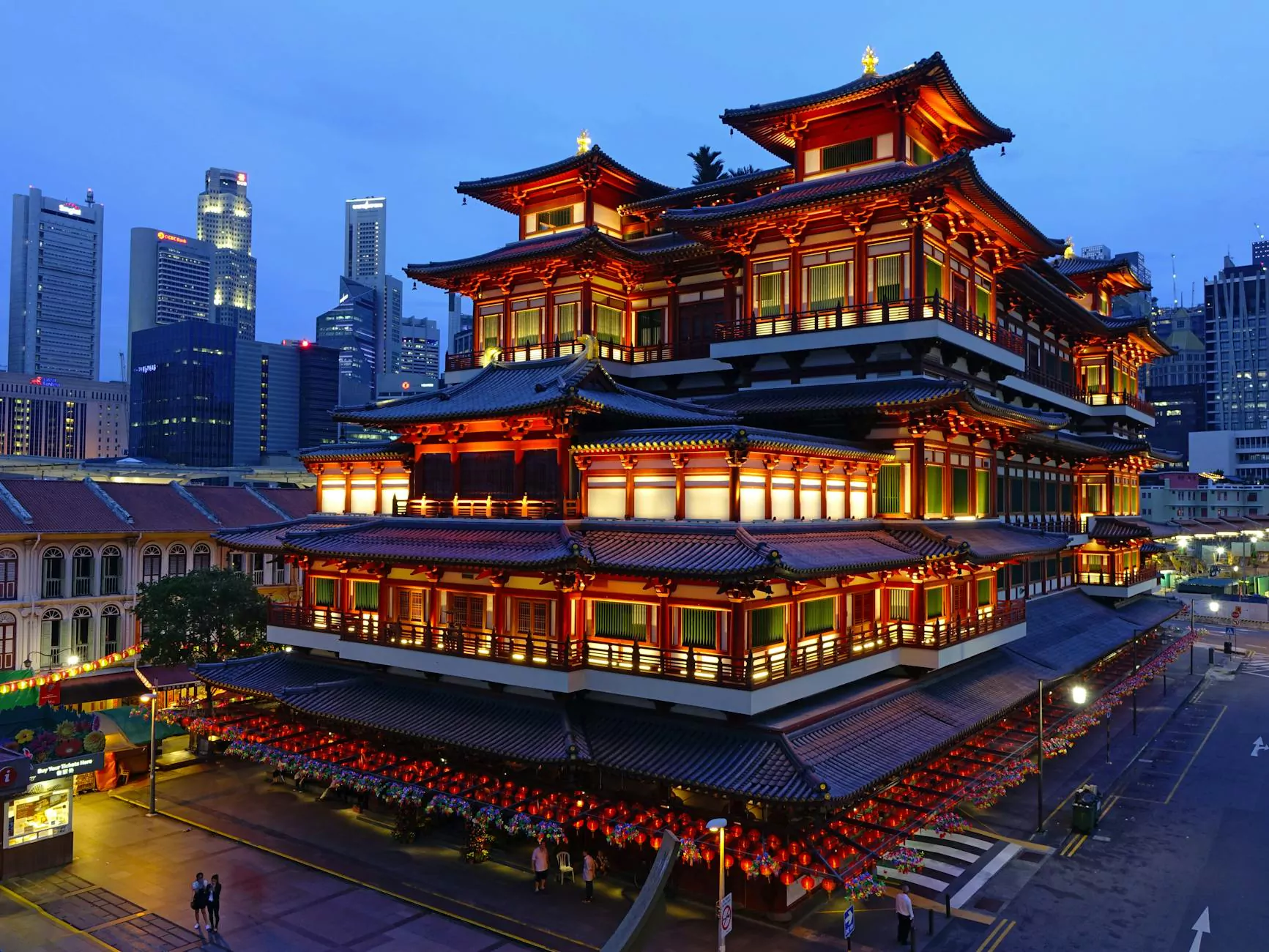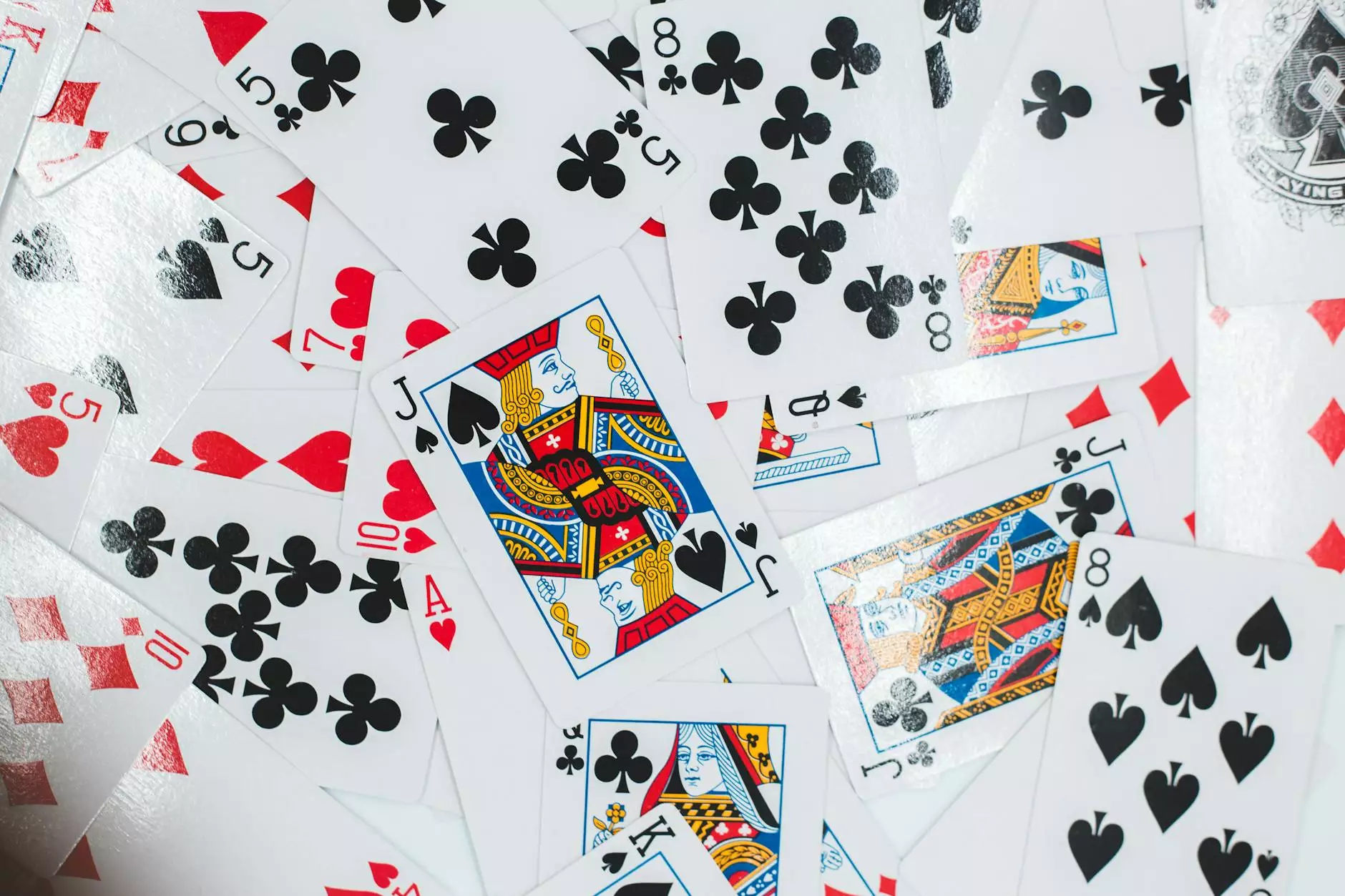Let's Talk About EL. Doctorow's Ragtime

Introduction to EL. Doctorow's Ragtime
Welcome to Festivals Bazar's page dedicated to EL. Doctorow's enthralling novel, Ragtime! In this article, we will delve into the depths of this literary masterpiece, exploring its captivating narrative, rich characters, and historical significance. Join us as we embark on a journey to understand the world of Ragtime.
Understanding the Plot and Characters
Ragtime takes readers on a captivating journey through early 20th century America, immersing them in a world filled with historical figures, fictional characters, and intertwining storylines. Set during the ragtime era, the novel introduces us to a host of diverse characters, each representing different social classes and backgrounds. From Coalhouse Walker, an African-American ragtime pianist, to the upper-class New Rochelle family, Doctorow masterfully weaves their lives together in a tapestry of drama, love, and societal dynamics.
Coalhouse Walker: A Symbol of Resilience
At the heart of Ragtime is Coalhouse Walker, a character who encapsulates the struggles and triumphs of African-Americans during a time marked by racial tensions. Through his pursuit of justice and his musical talent, Walker becomes a symbol of resilience and determination. Doctorow's portrayal of Walker serves as a powerful commentary on the racial inequalities prevalent in early 20th century America.
The New Rochelle Family: Reflections of Society
The New Rochelle family, led by Mother and Father, represents the privileged upper class. Their encounters with other characters in the novel shed light on the societal norms and values of the time. As the story unfolds, Doctorow skillfully navigates the complexities of marriage, sexuality, and societal expectations through their experiences. Join us as we dissect the different layers of the New Rochelle family and their significance within the novel.
Exploring Key Themes in Ragtime
Throughout Ragtime, EL. Doctorow presents readers with thought-provoking themes that resonate even today. Let's delve into some of the important themes within the novel:
Social Change and Movement
Doctorow masterfully depicts the social changes and movements of the early 20th century in Ragtime. From the rise of the suffragette movement to the emergence of labor unions, the novel navigates the shifting landscape of America during this transformative period. Join us as we explore how Doctorow threads these themes into the fabric of Ragtime, making it a powerful commentary on the era's social dynamics.
Identity and Belonging
Ragtime grapples with questions of identity and belonging, particularly through the lens of the characters' racial, social, and gender identities. Doctorow presents a diverse cast of characters who are all yearning for acceptance and a sense of belonging in a society that is often unwelcoming. We will analyze how Doctorow highlights these themes and their significance in shaping the narrative's emotional depth.
The Historical Context of Ragtime
To fully appreciate EL. Doctorow's Ragtime, it is essential to understand the historical context in which the novel is set. The early 20th century was a time of great social and political change, and Ragtime captures the essence of this transformative period. From the extravagant lifestyles of the elite to the struggles of marginalized communities, Doctorow's portrayal of the era is both gripping and enlightening.
The Birth of Ragtime Music
Ragtime music, often referred to as the "ragged rhythm," emerged as a form of musical expression during the early 1900s. This genre, characterized by its syncopated melodies and lively rhythms, serves as a backdrop to the events and emotions portrayed in the novel. We will explore the origins and cultural significance of ragtime music, further enhancing our understanding of the narrative's atmosphere.
The Social Landscape of the Early 20th Century
The early 20th century was a time of rapid industrialization, social reform, and political upheaval. Doctorow skillfully captures this ever-changing social landscape in Ragtime, providing readers with a glimpse into the challenges and aspirations of individuals living during this era. Join us as we uncover the complexities and historical context that influenced the novel's plot and characters.
Conclusion
In conclusion, EL. Doctorow's Ragtime is a captivating novel that weaves together historical events, complex characters, and thought-provoking themes to create a literary masterpiece. Through our comprehensive exploration of this remarkable work, we hope to foster a deeper understanding and appreciation for the profound impact Ragtime continues to have on literature and society.










